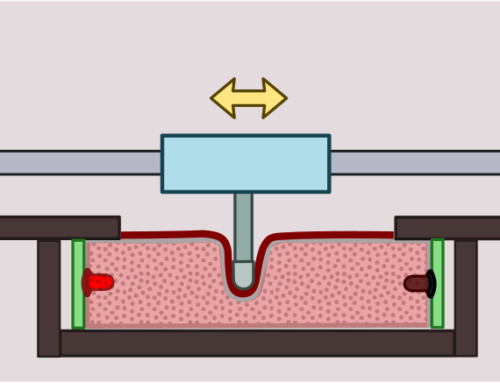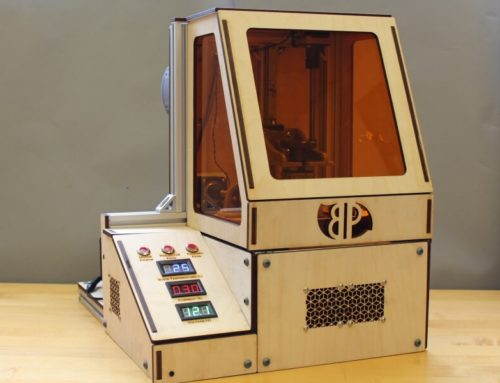Project Description
This project was completed during a two-semester sequence within the Engineering Entrepreneurs Program at North Carolina State University. During these courses, an interdisciplinary team is tasked with identifying and solving a real-world problem. The first semester is used largely for ideation and market analysis. During the final semester each team builds a physical prototype and creates a formal business plan for their endeavor.
Inspired by the work of nonprofit organizations such as Engineering World Health, our team chose to create a medical device that could help people in developing countries without adequate access to healthcare needs. We focused on creating a reusable sterilization indicator for use in autoclaves. Autoclaves use high heat (>121°C) and steam for an extended duration (>10 min) to ensure medical devices such as surgical tools are properly sterilized. Typically disposable paper strips are used to ensure that appropriate conditions were reached inside the autoclave. These strips use a chemical that changes color in response environmental conditions, and usually cost a few dollars each.

These indicator strips, however, are often very difficult to obtain in developing communities due to cost of supply chain issues. As a result, many of these autoclaves in developing communities are not tested to ensure that items inside are being properly sterilized. This problem is compounded by the fact that many of these autoclaves are older equipment that has been donated and may not be fully functional.
Our device solves these problems by offering a low-cost, reusable solution. By embedding a thermometer and data acquisition unit inside a silicone sheath, we can record the temperature profile inside the autoclave. Using this profile, our device can indicate whether appropriate sterilization conditions have been maintained. In cases of failure, the full temperature profile can be used as a diagnostic tool to troubleshoot why the autoclave is malfunctioning.
Our device relied on mechanical and electrical engineering to create a temperature probe that could reliably withstand the harsh conditions inside an autoclave. Details about the design of our device and proposed costs can be found in the business plan below. More information about the technical design can be found the in an engineering report, also linked below.






